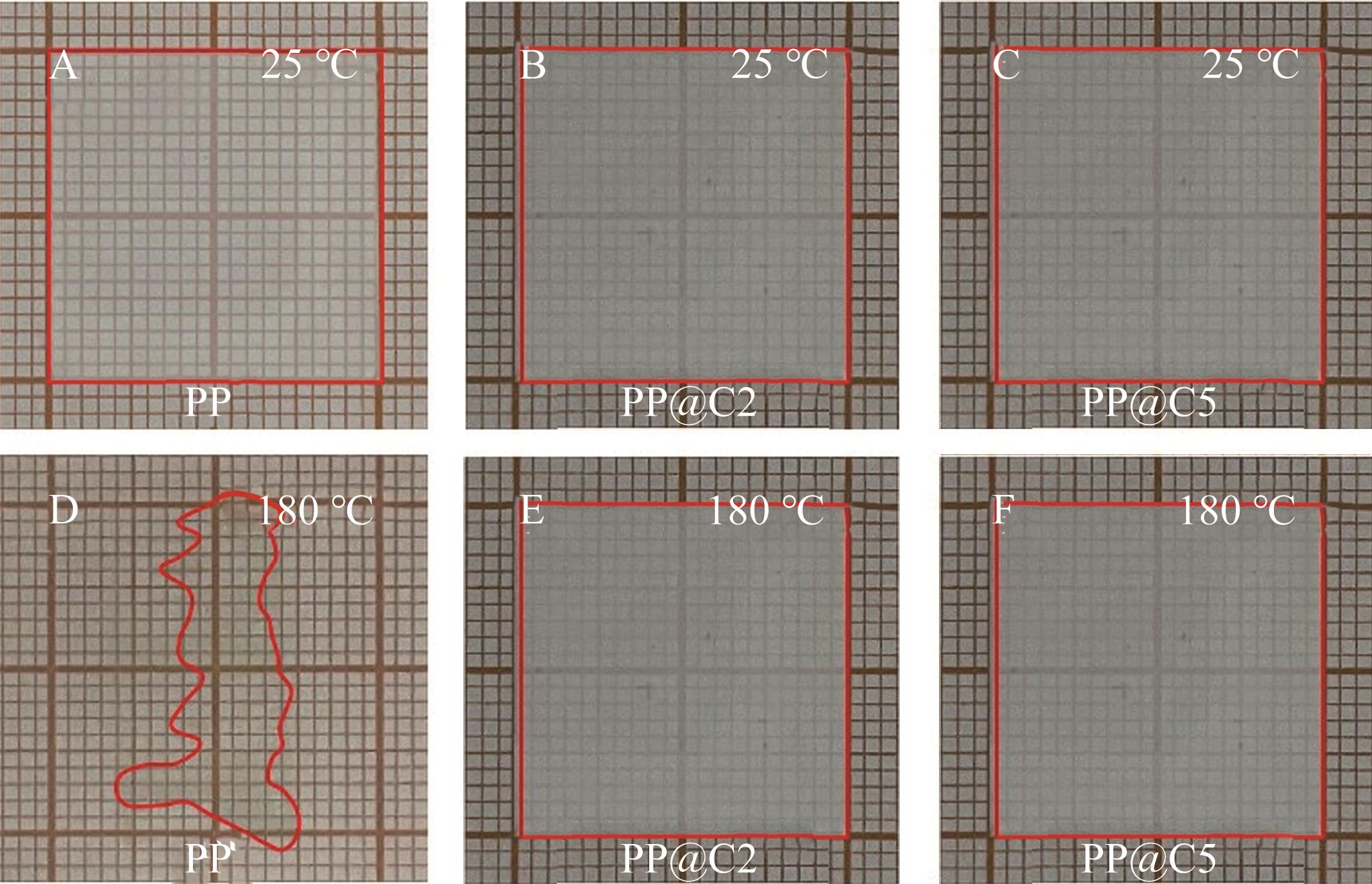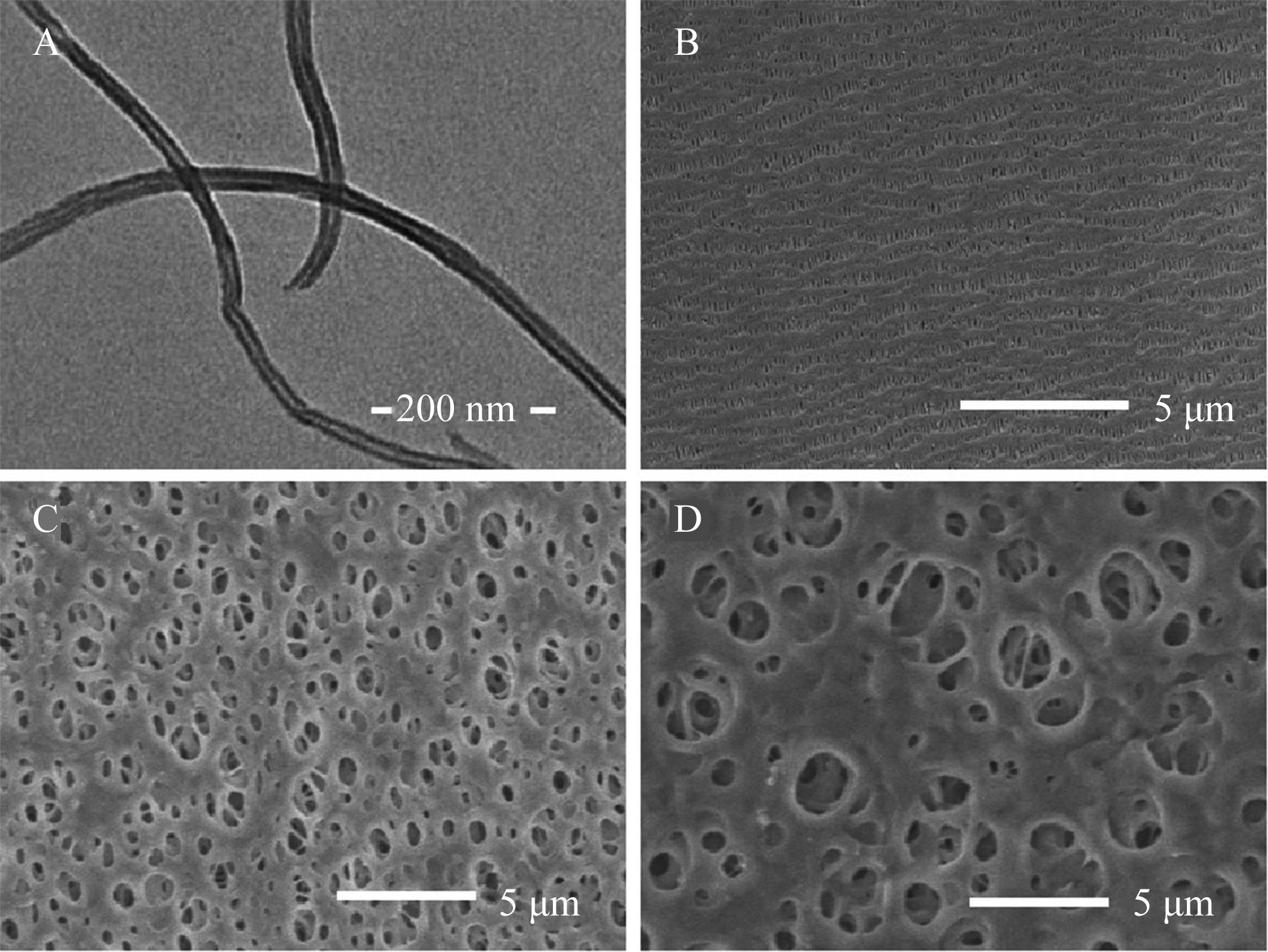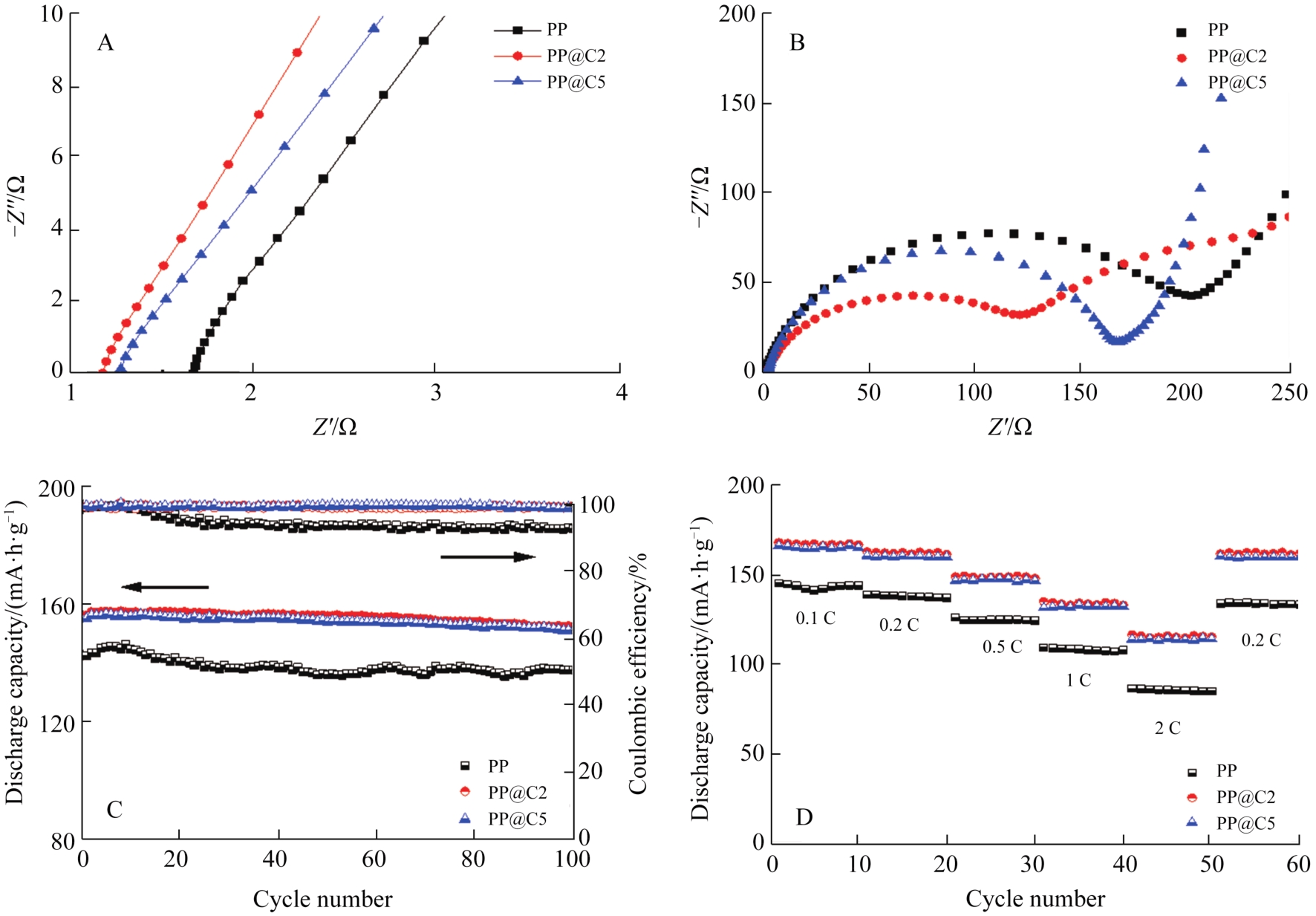| [1] |
XIONG Hai-Tao, WU Rui, WU Ying-Chun.
Electrochemiluminescence Determination of Carbamazepine Based on the Nafion-Carbon Nanotube Modified Electrode
[J]. Chinese Journal of Applied Chemistry, 2021, 38(6): 731-738.
|
| [2] |
QIU Jian, JIANG Zhiwei, XING Haiping, LI Minggang, LIU Jie, TANG Tao.
Preparation and Electromagnetic Shielding Properties of Polypropylene/Carbon Nanotubes Composites with Segregated Structure
[J]. Chinese Journal of Applied Chemistry, 2020, 37(8): 904-911.
|
| [3] |
SONG Xun, JIA Yuting, ZHANG Jieling, NING Jinfeng, ZUO Haiyan, HUANG Xuehong.
Poly(ether ether ketone) Proton Exchange Membrane Containing Bisphenol Fluorene Unit for Vanadium Redox Flow Battery Application
[J]. Chinese Journal of Applied Chemistry, 2020, 37(8): 912-922.
|
| [4] |
QIU Jian, JIANG Zhiwei, XING Haiping, LI Minggang, LIU Jie, TANG Tao.
Preparation and Electromagnetic Shielding Properties of Polypropylene/Carbon Nanotubes Composites with Segregated Structure
[J]. Chinese Journal of Applied Chemistry, 2020, 37(8): 0-0.
|
| [5] |
XU Bing, WU Zhongkui, MIAO Linhui, WANG Zhenkun, DAI Siyu, ZHU Zhe.
Properties of Acrylate Pressure Sensitive Adhesive
[J]. Chinese Journal of Applied Chemistry, 2020, 37(7): 778-784.
|
| [6] |
CHENG Yinjie, ZHANG Lu, HU Renjie, WANG Ying, JIN Xuexin, QIU Shuo, ZHANG Haoyan, JIANG Dawei.
Preparation and Characterization of Hydrogen-Bonded Carbon Nanotubes Reinforced Self-healing Composites
[J]. Chinese Journal of Applied Chemistry, 2020, 37(10): 1147-1155.
|
| [7] |
CHANG Fengxia, SHANG Zongyi, DONG Qing, LONG Zhiyan, DENG Yixue.
Simultaneous Determination of Catechol and Hydroquinone by Copper Oxide Nanoparticles and Carbon Nanotubes Modified Glassy Carbon Electrode
[J]. Chinese Journal of Applied Chemistry, 2020, 37(10): 1195-1202.
|
| [8] |
SHENG Lei,LI Tingyu,GUO Lifang,LI Gang,ZHANG Wendong.
Application of Functionalized Multi-walled Carbon Nanotubes Filled Gel Electrolyte in Dye-Sensitized Solar Cells
[J]. Chinese Journal of Applied Chemistry, 2019, 36(7): 815-822.
|
| [9] |
YAN Bing, XIONG Wenxu, ZHENG Shibing, ZHANG Xueqian, HUANG Weiwei.
Single-Walled Carbon Nanotubes Enhanced Electrochemical Performance of High-Capacity Organic Cathode Composites Calix[4]quinone/Mesporous Carbon CMK-3 for Li-Ion Batteries
[J]. Chinese Journal of Applied Chemistry, 2019, 36(5): 554-563.
|
| [10] |
CHEN Fengying, LI Kezhi, HU Guangzhi.
Catalytic Oxygen Reduction Property of Carbon Nanotubes Supported Tetra-nitro-metal Phthalocyanines-MnO2 Dual Catalysts
[J]. Chinese Journal of Applied Chemistry, 2019, 36(1): 97-106.
|
| [11] |
WANG Meng, YANG Huai.
Electrically Responsive Properties of Carbon Nanotube-doped Polymer-stabilized Blue Phase
[J]. Chinese Journal of Applied Chemistry, 2018, 35(8): 969-971.
|
| [12] |
ZHUANG Zhibo, NAN Zhaodong.
Preparation and Swelling Properties of Carbon Nanotubes Composited Sodium Polyacrylate
[J]. Chinese Journal of Applied Chemistry, 2017, 34(3): 282-290.
|
| [13] |
TANG Meng, LIU Gang, XING Yilin, ZHANG Aibo.
Microwave Absorption Properties of Fe3O4/Polyetherimide Modified Multi-walled Carbon Nanotubes Hybrids Prepared by Solvothermal Method
[J]. Chinese Journal of Applied Chemistry, 2017, 34(2): 225-232.
|
| [14] |
ZHANG Lili, DING Huimin, ZHANG Jitang, XU Donghua, LI Zhifeng.
Thermal Conductivity and Flame Retardancy of Carbon Nanotube Modified Epoxy Resin
[J]. Chinese Journal of Applied Chemistry, 2017, 34(1): 46-53.
|
| [15] |
ZHAO Changzhi, KONG Yanyun, HE Yanyan, ZHANG Zhaoxia.
Bile Acid Sensor Based on Photoelectrochemical Response to Nicotinamide Adenine Dinucleotide
[J]. Chinese Journal of Applied Chemistry, 2016, 33(1): 116-122.
|

 ), Zhao-Yan SUN3, Wan-Li LIU, Tian-Lei REN, Ming-Xing FU
), Zhao-Yan SUN3, Wan-Li LIU, Tian-Lei REN, Ming-Xing FU


